June 15, 2020
By Silvia Manrique, collections manager + conservator
While we're all spending more time inside our homes than we're used to (or would like), you might be looking around at the art on your walls or remembering forgotten mementos long stashed away, aware all over again just how precious and valuable they are. On second glance, you might also notice they're a little duller or more worn-out than the last time you cared to look. Well, if that's the case, I can assure you that with just a tiny bit of effort, anyone can conserve their personal treasures. I am talking to you, the conservator within.
People often ask me, "What does an art conservator do?" The proper definition: "professional with advanced training and specialized expertise in art history, materials science, connoisseurship, and conservation techniques."[1] For me, though, the best answer is that conservators are doctors for artwork. We treat art objects when they are damaged and may suffer from losses, cracks, discoloration, distortion, corrosion, and many other ailments. Just like people, each piece is an individual entity with its own origin, materials, and flaws that make them age or react differently to the environment around them. They have their own life history as well; they could have been well-maintained or preserved under the continuous care of an attentive owner, or maybe they suffered a series of unfortunate events or negligence. Whatever the case, conservators can perform interventions—minor and major—that help remedy those issues and thus help preserve the object for centuries to come.
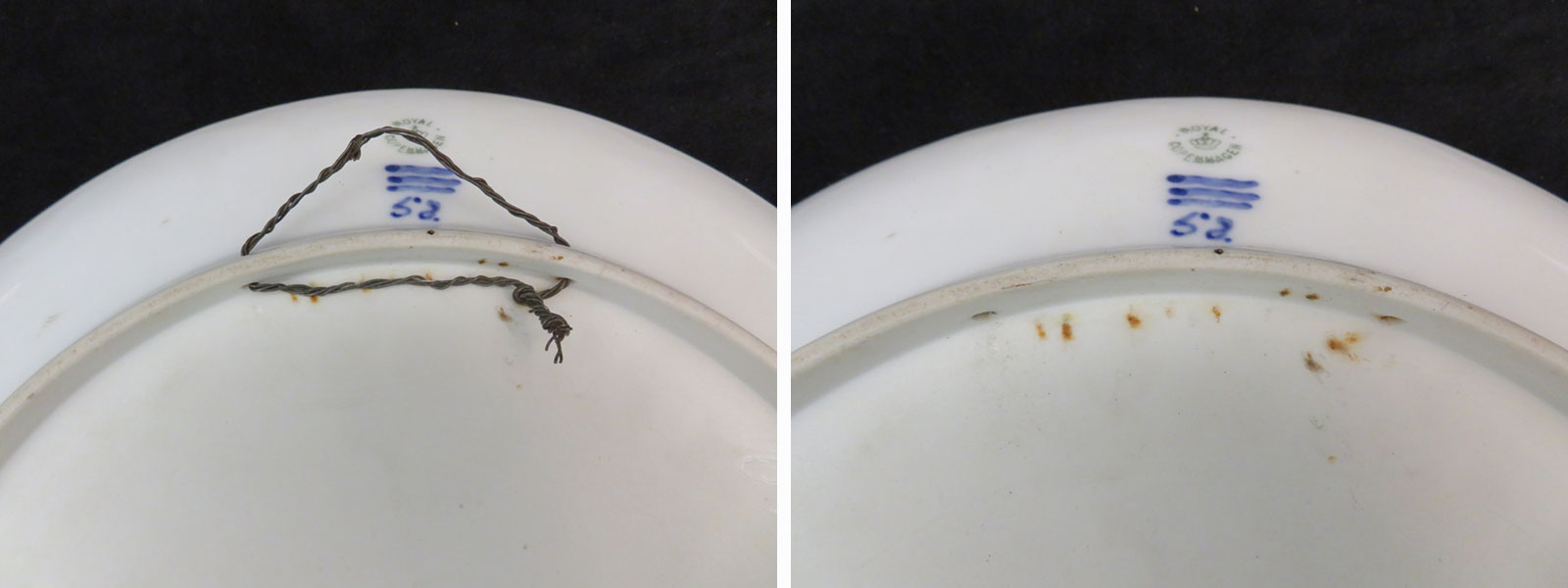
The bad news is that damage to any object, in many cases, is permanent. The best conservator in the world might make the degradation less evident or extensive, but they're rarely able to completely reverse it. Just as we have come to learn with the current COVID-19 cases, it would be much better to avoid the illness in the first place through preventive measures than try to cure it after the fact. The same advice is fitting for the valuable materials you might have at home: prevention is always preferable to intervention. Taking early action to evade harm is less expensive than paying to treat your objects down the road; you'll be able to protect a larger number of pieces, and many times it only requires a few easy steps. You could be saving your possessions now!
Whether you have books, photographic albums, paintings, documents, grandma's china, silver serving sets, or the wedding gown you're secretly trying to fit back into one day, there are some common factors that may cause harm.
Humidity + Temperature Extremes
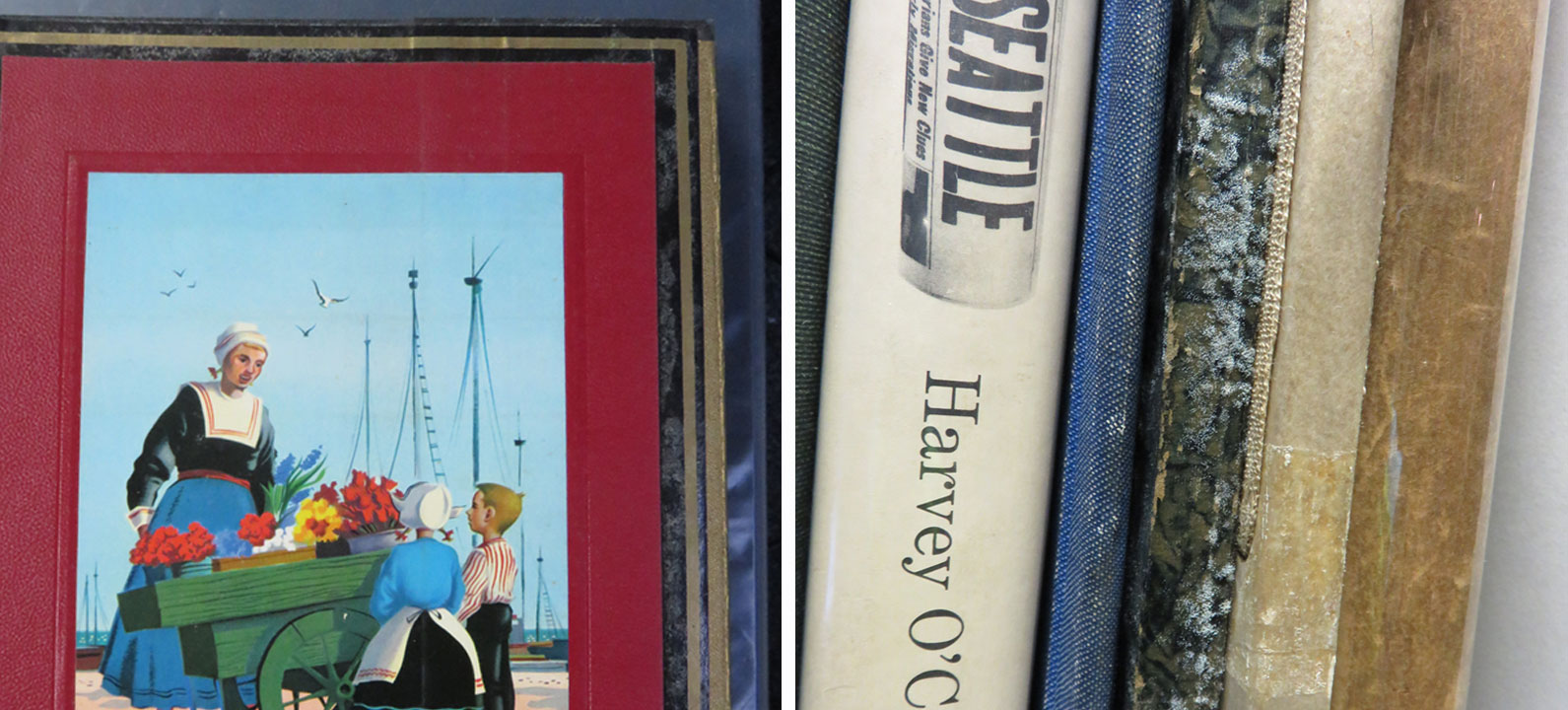
Spaces with high humidity levels can cause wood furniture, books, or photographs to swell and deform or get moldy; metals like silver, copper, or iron will corrode. But in too-low humidity, wood will start to shrink and crack, and paper becomes brittle. To ward off these issues, keep your objects in cool, dry rooms rather than in attics (which get too warm) or in moist areas like basements or bathrooms. Think about which spaces in your home maintain a nice, consistent environment that doesn't have wild fluctuations. Also, don't place objects too close to heat or water sources like fireplaces, sinks, candles, or that new indoor water fountain.
Excessive Light
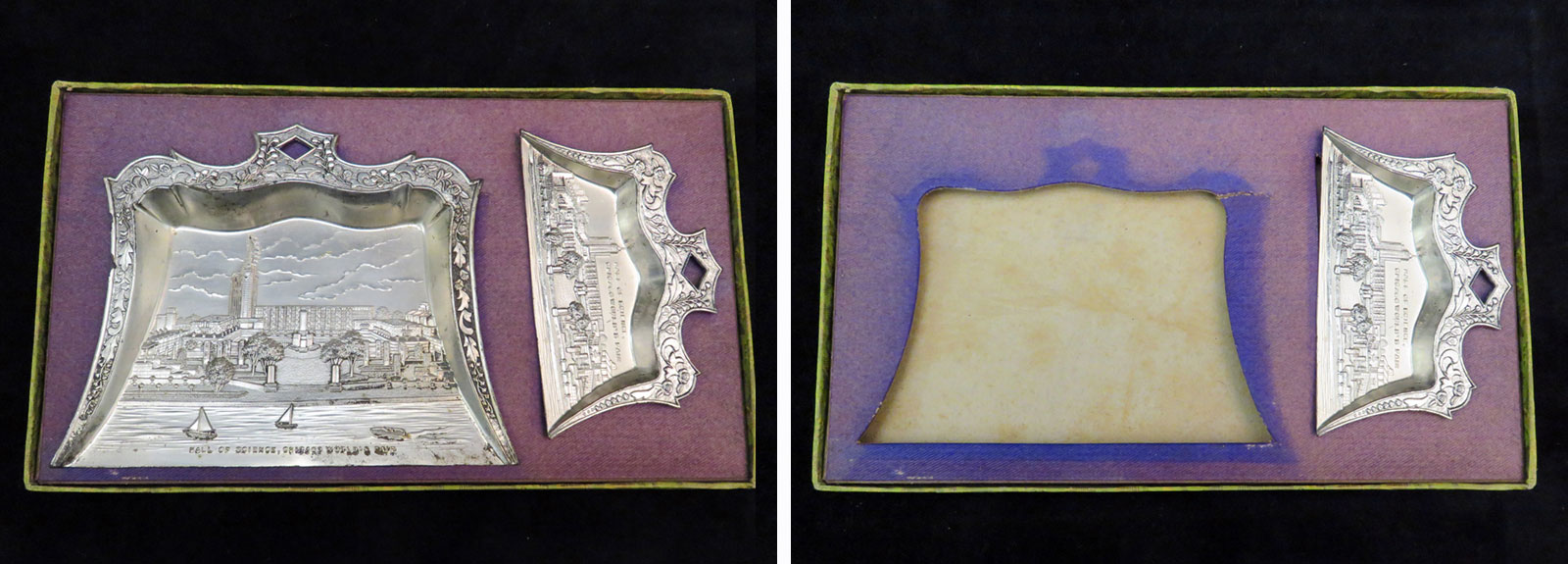
Light is another source of great damage. Sun and artificial lights contain UV rays that fade colors quickly or promote chemical decay that leads to brittleness and discoloration on paper and textiles. Light is also one of the reasons varnishes on paintings turn yellow. Display vulnerable valuables, particularly watercolors, away from windows with direct sunlight, and whenever possible, store them in dark containers to give them a break. By rotating which artworks you have on view in your home, you'll extend their lives dramatically.
Storage Choices
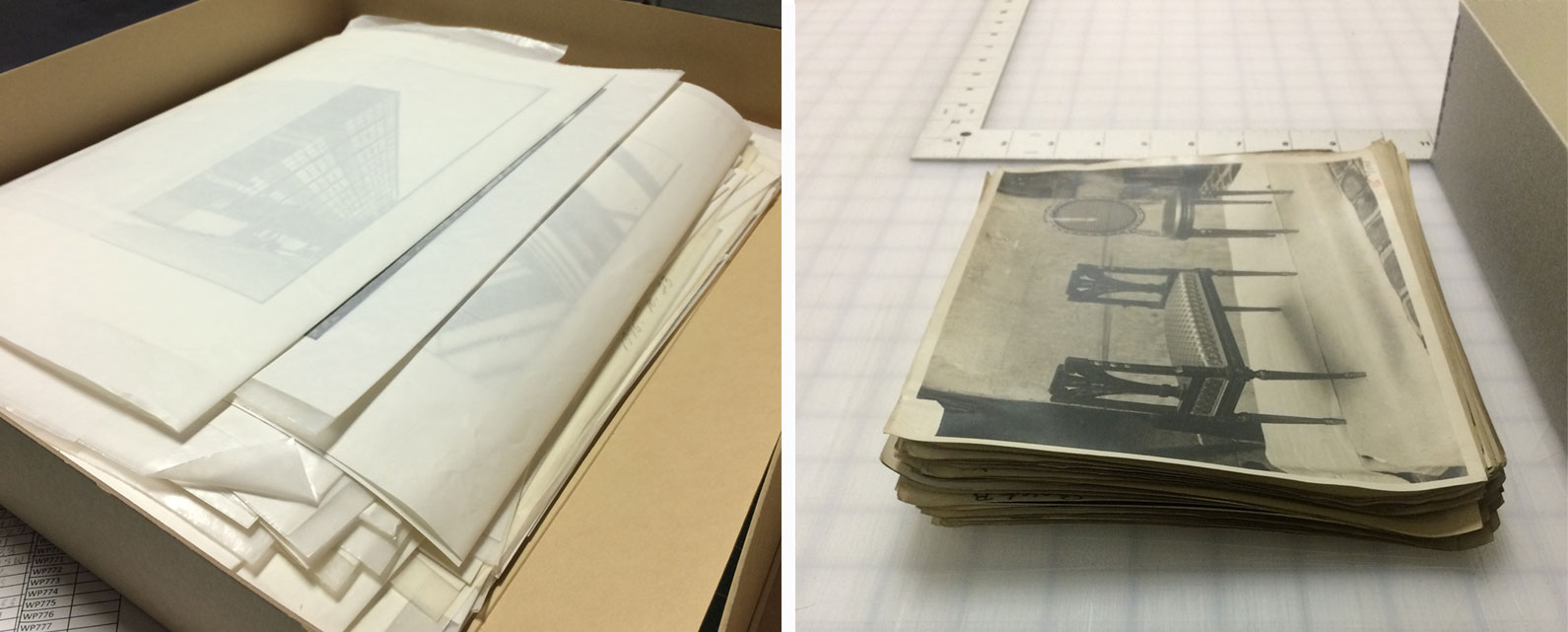
Just because it's stored away doesn't mean it's safe. If you're using a rusty can or a paper box that is too small, dirty, or in lousy shape, then replace those containers ASAP! Wooden drawers and boxes made with cardboard contain acidic materials that degrade photo images, corrode metals, and discolor and damage paper and fabric fibers, making them yellow and brittle. Similarly, storing objects in rusted metal cans can also cause permanent staining on almost any surface. Instead, store your pieces flat or rolled in archival boxes (found in online stores like University Products, Talas, or Hollinger Metal Edge) or in plastic containers, and make sure the container is slightly larger than your artwork.
Improper Handling
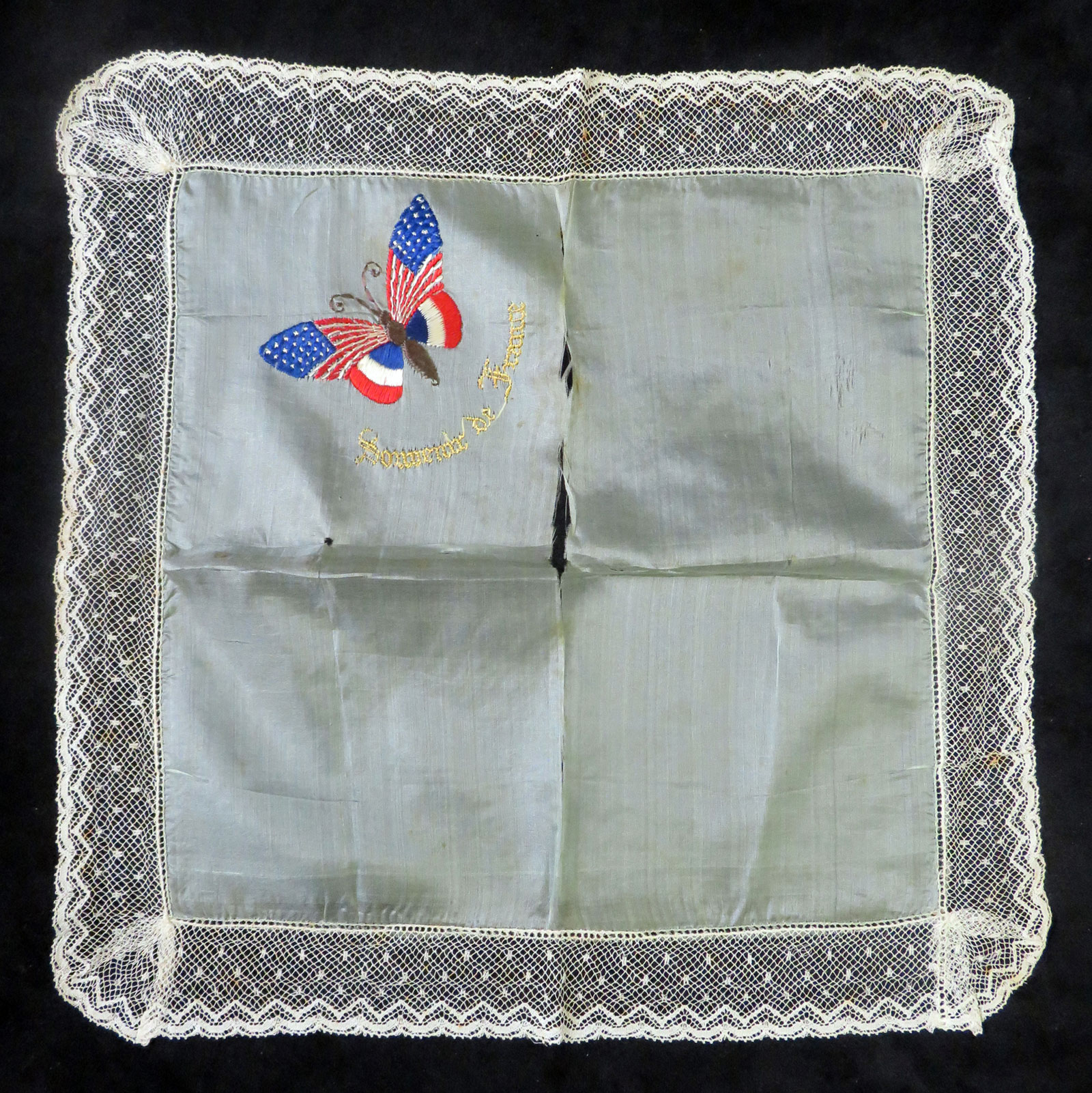
Many times, damage is not necessarily caused by the environment or by the wrong materials, but by human error. Be very careful when folding or unfolding papers, as the folding lines will become tears over time. Don't use tape or metal clips, staples, or post-it notes on any of your objects as they are highly damaging in the long term.
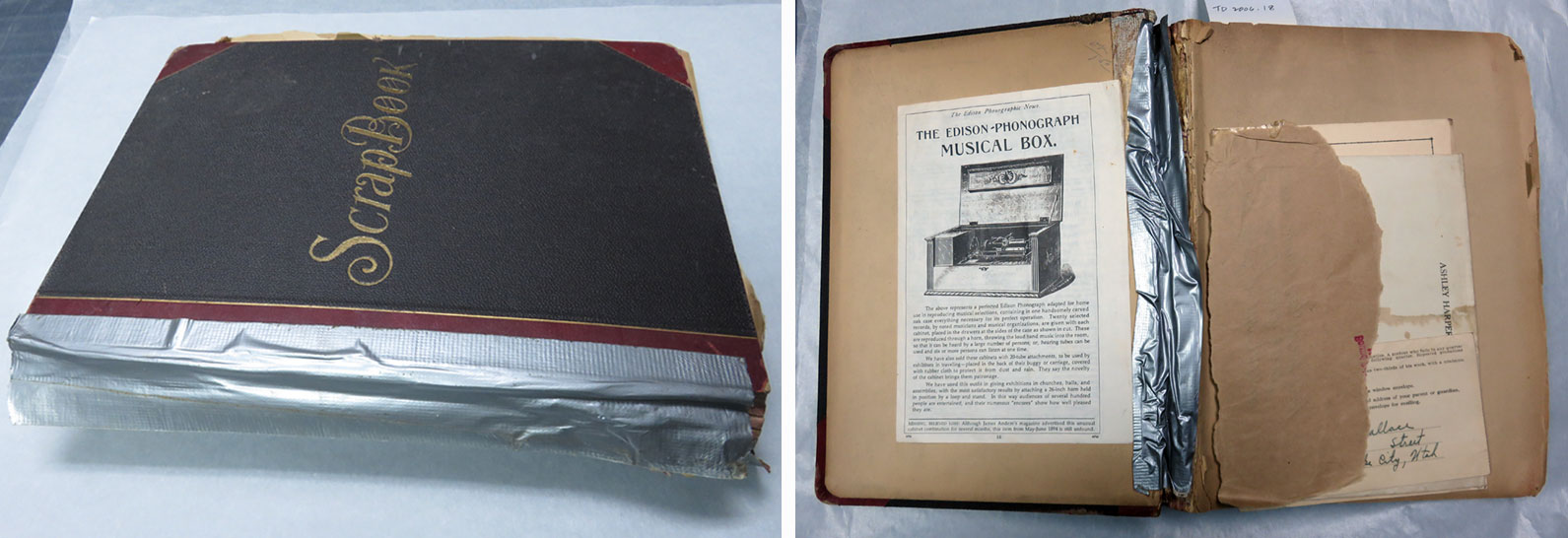
Thankfully, there are archival folders and polyethylene bags and sleeves that can help you keep your documents organized and safe. And wear gloves (an easy enough habit to get into these days) whenever handling silver or any metal objects, particularly if you're polishing, to keep them tarnish-free longer. Your organization techniques come into play, too: by simply separating and categorizing the jumble of objects in a box or drawer by size, type, or shape, you prevent scratching, breakage, and abrasion. Marie Kondo will be proud.
For recommendations on how to properly care and store different types of artwork at home, check out guidelines developed by the American Institute for Conservation, The University of Delaware's Department of Art Conservation, Northeast Document Conservation Center, or Library of Congress.
Although proper conservation treatments are better left to the professionals, you can always prolong the life and utility of heirlooms, antiques, keepsakes, and artworks at home through easy, inexpensive preventive strategies. Before long, you'll be your own exclusive, dedicated, private preventive conservator!
